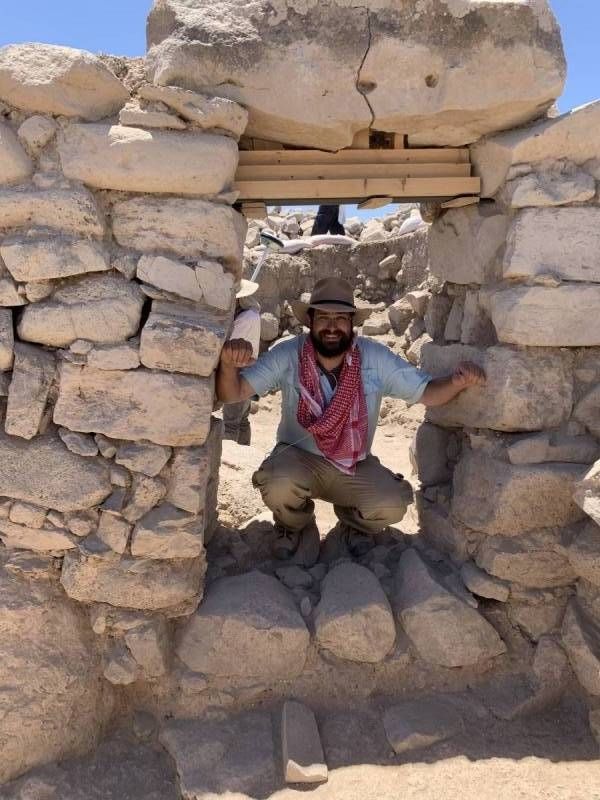New research suggests it was climate-related drought that built the foundation for the collapse of the Assyrian Empire (whose heartland was based in today’s northern Iraq)—one of the most powerful civilizations in the ancient world.
New research suggests it was climate-related drought that built the foundation for the collapse of the Assyrian Empire (whose heartland was based in today’s northern Iraq)—one of the most powerful civilizations in the ancient world. The Science Advances paper, led by Ashish Sinha at California State University, Dominguez Hills and coauthored by CIRES affiliate Adam Schneider, details how megadroughts in the 7th century BC triggered a decline in Assyria’s way of life that contributed to its ultimate collapse.
Keep reading for a Q&A with Schneider, who was a CIRES researcher from 2015 to 2017:
Q: What role did the Assyrian Empire play in global history?
A: There are people in the archaeological community who say Neo-Assyria was the first super power in the history of the world. The Neo-Assyrian empire (912-609 BC) was the third and final phase of Assyrian civilization. It was by far the largest empire in the region up to that time, controlling much of the territory from the Persian Gulf to Cyprus. The Assyrians were basically like the Empire in Star Wars, they are the all-devouring machine.
They also had incredible skill as hydro-engineers. The Assyrians were largely responsible for the way that the Tigris River Basin drainage now works, they completely remade the natural water flows of that landscape using aqueducts and other hydraulic infrastructure. Amazingly, some of these features are still functioning today.
Read more at University of Colorado At Boulder
Photo: Adam Schneider During Fieldwork in Jordan. Credit: SCHNEIDER/CIRES




